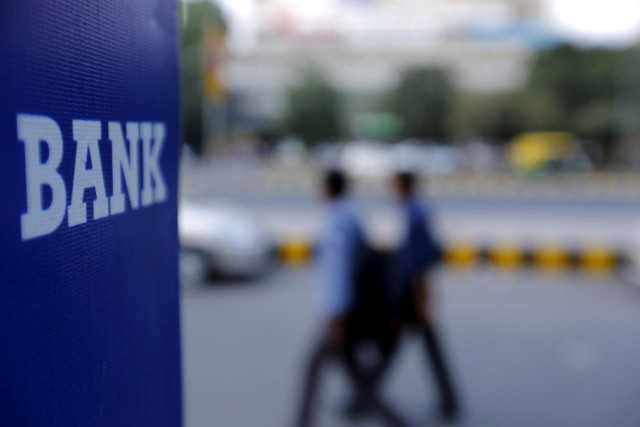
The prevailing economic and social cultures in these two provinces remain one of the key reasons behind the dismally low lending. But the State Bank of Pakistan (SBP) and commercial banks are also to be blamed as they are not doing enough to promote regional banking.
As of June 2018, the banks received Rs1,000 billion in deposits from K-P but gave only Rs71.6 billion in loans, according to the central bank’s statistics. The provincial deposit-to-lending ratio was only 7.1%. In terms of its share in total loans, K-P received only 1% of the Rs7.2-trillion total loans the commercial banks extended by June this year.
Compared to the only 1% share in loans, K-P’s share in total deposits of the banking system was nearly 8%.
Banks received deposits of Rs300 billion from Balochistan but gave loans of Rs16 billion, which was only 5.3% of the deposits. The share of the country’s largest province in terms of area was only 0.22% in the total loans the banking sector disbursed by June. Balochistan’s share in total deposits was 2.4% as of June this year.
“Despite being the backward areas of Pakistan, K-P and Balochistan have long been net exporters of the capital,” said former senator Osman Saifullah Khan. “Commercial banks have a monopoly over taking deposits from the public, therefore, they should also take some responsibility,” said the senator. Khan said the banks could be incentivised by giving tax credit and should be directed by the central bank to invest a certain amount of the generated deposits in the same province.
The federal government, which is the largest borrower, has sidelined the private sector for years by borrowing heavily from banks. With the passage of time, the banks have been risk averse and are not venturing into areas that could spark economic growth and create jobs.
Banks have also not hired skilled staff in the two neglected provinces as their activities largely remain restricted to deposit taking, according to banking-sector players. There is a huge potential for promoting corporate and livestock farming in Balochistan but banks are not willing to lend money as they find a trustworthy client in the shape of the federal government. K-P has the potential for tourism and mining.
Over the years, the banks’ role of financial intermediaries is diminishing as the overall deposit-to-lending ratio has dropped to just 56.3% by June this year. The banking system’s total deposits increased to Rs12.6 trillion as against total loans of Rs7.12 trillion.
The main reasons behind the low lending ratios in these provinces are the high ratio of non-performing loans and informal activities that lead to deposit generation but do not create economic opportunities, according to a former banker.
But deposits generated from the informal sector in the two provinces could become a challenge for the banks as the Financial Action Task Force (FATF) tightens its noose around Pakistan.
Punjab, the most populated province, got Rs3.2 trillion in loans - 45% of the total lending by banks. The province generated deposits of Rs5.5 trillion and its share in total deposits was 43.3% by June. Over 58% of the total deposits generated from Punjab were invested there by banks.
Similarly, in Sindh, the deposit-to-lending ratio was 78% - the highest in any province, largely because of economic activities. Banks disbursed Rs3.1 trillion or 43.5% of the total loans in Sindh.
Banks generated Rs1.5 trillion in deposits from the Islamabad Capital Territory and over 43% belonged to the government and public sector enterprises. They lent Rs696 billion or one-tenth of the total loans to the Islamabad region. The highest lending in Islamabad was to the private sector.
Published in The Express Tribune, December 2nd, 2018.
Like Business on Facebook, follow @TribuneBiz on Twitter to stay informed and join in the conversation.


















COMMENTS
Comments are moderated and generally will be posted if they are on-topic and not abusive.
For more information, please see our Comments FAQ